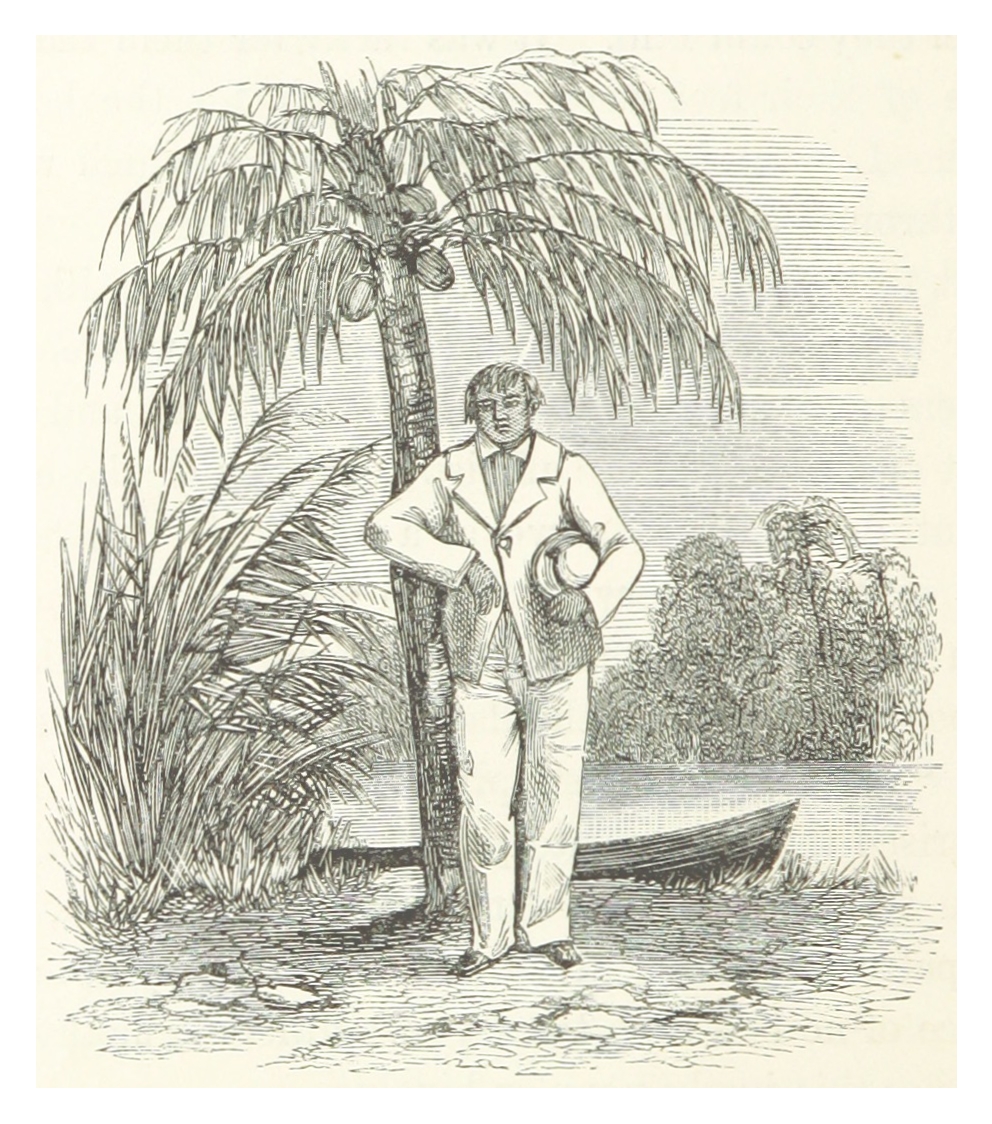|
Awastara
Awastara is a city populated by the Miskito people, located in the department of North Caribbean Coast Autonomous Region in Nicaragua Nicaragua, officially the Republic of Nicaragua, is the geographically largest Sovereign state, country in Central America, comprising . With a population of 7,142,529 as of 2024, it is the third-most populous country in Central America aft .... The ''King Pulanka'', the traditional feast of the Miskito, originated in Awastara. - El Nuevo Diario References Further reading Philip A Dennis, ''The Miskito People of Awastara'', 2004. . Populated places in Nicaragua[...More Info...] [...Related Items...] OR: [Wikipedia] [Google] [Baidu] |
Miskito People
The Miskitos are an Afro-Indigenous ethnic group in Central America. Their territory extends from Cabo Camarón, Cape Camarón, Honduras, to Río Grande de Matagalpa, Nicaragua, along the Mosquito Coast, in the Western Caribbean zone. The Miskito people are descendants of shipwrecked and escaped enslaved West/Central Africans and Indigenous Hondurans and Nicaraguans. Majority speak the Miskito language and Miskito Coast Creole. Most also speak other languages, such as Spanish language, Spanish, English language, English, and German language, German. Spanish is the language of education and government, but some families educate their children in English, German, or Miskito. Miskito Coast Creole, an English-based creole language, came about through frequent contact with the British for trading, as they predominated along this coast from the 17th to the 19th centuries. Many Miskitos are Christians. A 1987 peace agreement afforded them land rights over traditional lands. However, des ... [...More Info...] [...Related Items...] OR: [Wikipedia] [Google] [Baidu] |
Departments Of Nicaragua
Nicaragua is a Unitary state, unitary republic, divided for administrative purposes into fifteen Department (country subdivision), departments () and two autonomous regions (). Departments Autonomous regions In 1987, the new Constitution of Nicaragua, constitution established the Charter of Autonomy (limited self-government) for the former Zelaya Department, department of Zelaya, comprising the entire eastern half of the country. The department was divided into two autonomous regions (communities): the North Caribbean Coast Autonomous Region and the South Caribbean Coast Autonomous Region. The Charter of Autonomy is largely based on Autonomous communities of Spain, the model used by Spain. The communities are governed by a Governor and a Regional Council. See also *ISO 3166-2:NI Notes * (INETER). . March, 2000. * (INIFOM). . * International Organization for Standardization (ISO). ''Codes for the representation of names of countries and their subdivisions''. ISO 3 ... [...More Info...] [...Related Items...] OR: [Wikipedia] [Google] [Baidu] |
North Caribbean Coast Autonomous Region
The North Caribbean Coast Autonomous Region is one of two autonomous regions in Nicaragua. It was created along with the South Caribbean Coast Autonomous Region by the Autonomy Statute of 7 September 1987 through a division of the former Zelaya Department. It covers an area of 33,106 km2 and has a population of 541,189 (2021 estimate). It is the largest autonomous region or department in Nicaragua. The capital is Puerto Cabezas. It contains part of the region known as the Mosquito Coast. The North Autonomous Caribbean Coast has a Regional Council of representatives of different political parties, such as the Sandinistas (FSLN) and YATAMA (ethnic indigenous party), as well as all the municipalities. They hold sessions in an Assembly in Puerto Cabezas. The North Autonomous Caribbean Coast, in addition to Mestizos, contains populations from different indigenous groups, including the Miskitos, Mayangnas, and others. The regional official languages are Creole ( Moskitian ... [...More Info...] [...Related Items...] OR: [Wikipedia] [Google] [Baidu] |
Nicaragua
Nicaragua, officially the Republic of Nicaragua, is the geographically largest Sovereign state, country in Central America, comprising . With a population of 7,142,529 as of 2024, it is the third-most populous country in Central America after Guatemala and Honduras. Nicaragua is bordered by Honduras to the north, the Caribbean Sea to the east, Costa Rica to the south, and the Pacific Ocean and shares maritime borders with El Salvador to the west and Colombia to the east. The country's largest city and national capital is Managua, the List of largest cities in Central America#Largest cities proper, fourth-largest city in Central America, with a population of 1,055,247 as of 2020. Nicaragua is known as "the breadbasket of Central America" due to having the most fertile soil and arable land in all of Central America. Nicaragua's multiethnic population includes people of mestizo, indigenous, European, and African heritage. The country's most spoken language is Spanish language, ... [...More Info...] [...Related Items...] OR: [Wikipedia] [Google] [Baidu] |
Populated Places In Nicaragua
Population is a set of humans or other organisms in a given region or area. Governments conduct a census to quantify the resident population size within a given jurisdiction. The term is also applied to non-human animals, microorganisms, and plants, and has specific uses within such fields as ecology and genetics. Etymology The word ''population'' is derived from the Late Latin ''populatio'' (a people, a multitude), which itself is derived from the Latin word ''populus'' (a people). Use of the term Social sciences In sociology and population geography, population refers to a group of human beings with some predefined feature in common, such as location, race, ethnicity, nationality, or religion. Ecology In ecology, a population is a group of organisms of the same species which inhabit the same geographical area and are capable of interbreeding. The area of a sexual population is the area where interbreeding is possible between any opposite-sex pair within the area ... [...More Info...] [...Related Items...] OR: [Wikipedia] [Google] [Baidu] |

